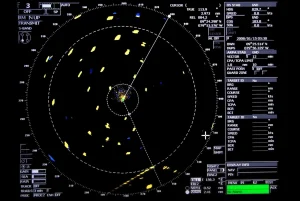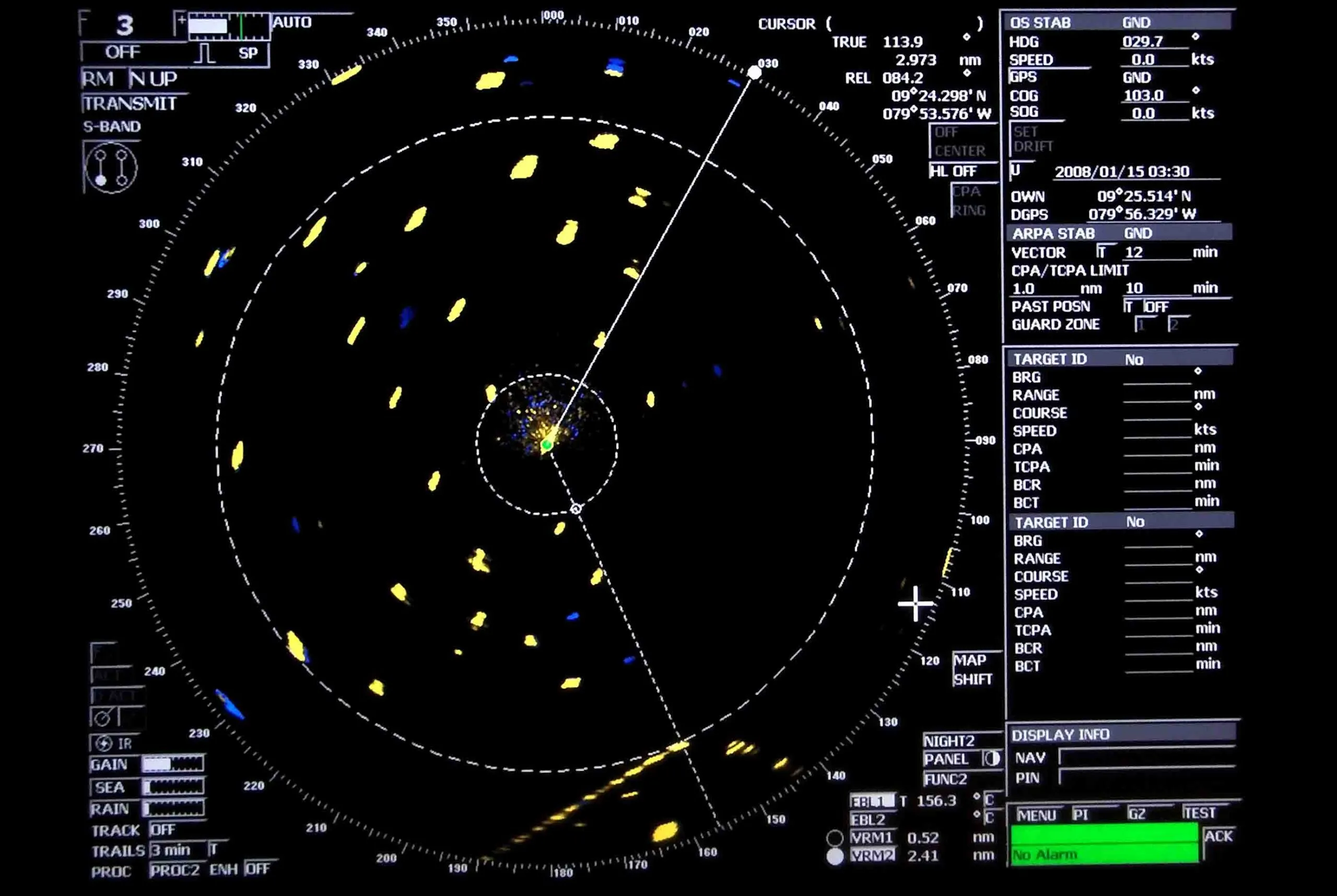In the complex world of maritime navigation, ensuring the safe and efficient movement of vessels is paramount. Among the technological advancements that have revolutionized navigation, Automatic Radar Plotting Aids (ARPA) stand out as a critical tool for ship officers, particularly on merchant ships. ARPA systems are designed to assist navigators in managing and interpreting radar data more efficiently, improving decision-making and minimizing the risk of collisions at sea.
This article explores the key features, functionality, and significance of ARPA systems in modern maritime navigation.
What is ARPA?
ARPA is a radar-based system that automates the process of identifying and tracking targets on a ship’s radar. It continuously monitors the relative motion of surrounding vessels and hazards, providing critical information to the ship’s officers. The primary objective of ARPA is to reduce the manual plotting workload while offering precise data to avoid potential collisions.
The International Maritime Organization (IMO) mandates the use of ARPA on ships above a certain tonnage, recognizing its vital role in navigation safety. ARPA-equipped radars are now an essential component on nearly all merchant ships.

Key Features of ARPA
- Target Tracking and Identification ARPA automatically tracks multiple targets detected on radar, such as other vessels, landmasses, or floating objects. It provides real-time information on their course, speed, and bearing, allowing ship officers to assess collision risks.
- Collision Avoidance One of ARPA’s most crucial functions is its ability to calculate the Closest Point of Approach (CPA) and Time to Closest Point of Approach (TCPA). These parameters help navigators determine how close another vessel will come to their ship and when. This information is crucial in deciding evasive maneuvers to avoid collisions, in accordance with international collision regulations (COLREGs).
- Automatic Target Acquisition Modern ARPA systems can automatically acquire targets that pose a potential collision threat, freeing navigators from manually selecting every target. The system alerts officers when a vessel’s movement indicates potential danger.
- Vector Display ARPA typically offers vector displays that show both the relative and true movement of targets. These vectors help the navigator visualize how other vessels are moving in relation to their own ship, enhancing situational awareness.
- Historical Data Tracking ARPA systems also store data about targets’ movements over time, providing a “trail” of their past positions. This feature helps navigators understand patterns in traffic movement and anticipate future positions.
How ARPA Enhances Navigation Safety
The primary advantage of ARPA lies in its ability to automate many of the traditionally manual tasks associated with radar plotting. This automation leads to several critical safety benefits:
- Reduced Human Error By automating target tracking, ARPA reduces the likelihood of human error in radar interpretation and collision avoidance. In high-traffic areas or during poor visibility conditions, ARPA is especially valuable, as it offers precise and rapid data processing that is difficult to achieve manually.
- Improved Decision-Making The information provided by ARPA—such as CPA, TCPA, and vector displays—enables ship officers to make informed decisions quickly and accurately. The system’s ability to track multiple targets simultaneously is particularly beneficial in congested waterways or in situations where the navigator’s workload is high.
- Enhanced Situational Awareness ARPA greatly improves a navigator’s situational awareness by providing continuous, real-time updates on the positions and movements of surrounding vessels. This is particularly useful in low-visibility conditions such as fog, storms, or nighttime operations.
- Support for Compliance with COLREGs ARPA systems are integrated with radar to provide information that helps ensure compliance with the International Regulations for Preventing Collisions at Sea (COLREGs). For example, ARPA can help determine whether another vessel is on a collision course, aiding in the decision-making process for altering course or speed.
Training Requirements for ARPA Usage
While ARPA provides significant safety enhancements, its effective use requires thorough training. Ship officers must be proficient not only in understanding radar principles but also in the interpretation of ARPA data. They need to understand how the system calculates target data, how to set radar parameters correctly, and how to respond to ARPA alerts in accordance with navigational best practices. Many maritime academies and training institutions offer specialized courses in ARPA operation, often as part of broader radar navigation training. These courses ensure that officers are not only able to use the system effectively but also understand its limitations and how to cross-check ARPA data with other navigational tools.
Limitations of ARPA
Despite its many advantages, ARPA is not infallible. Its performance depends on the quality of the radar input, and errors can arise if radar echoes are weak or obscured by weather conditions. Additionally, ARPA systems require correct setup and calibration. If a radar is not properly tuned, the system may miss targets or provide inaccurate data. It is also crucial for navigators to remember that ARPA is an aid, not a replacement for good seamanship and vigilant watchkeeping. Overreliance on ARPA can lead to complacency, and navigators must always be prepared to cross-reference ARPA data with visual observations and other instruments such as Automatic Identification Systems (AIS).
Conclusion
ARPA has become an indispensable tool for modern navigation officers, offering a significant enhancement to maritime safety. By automating target tracking and collision avoidance tasks, ARPA reduces the risk of human error, enhances decision-making, and improves overall situational awareness on the bridge. However, effective ARPA use requires thorough training, and navigators must always remain vigilant to ensure the system’s limitations are accounted for in their navigational strategies. As the shipping industry continues to evolve with advancements in technology, ARPA remains a cornerstone of safe maritime operations, playing a vital role in reducing the risks of collisions at sea.


Hi there, this weekend is nice designed for me, for the reason that this occasion i am reading this great educational article here at my residence.
I would like to thank you for the efforts you’ve put in writing
this website. I really hope to see the same high-grade blog posts
by you later on as well. In truth, your creative writing abilities has motivated me to get
my own website now 😉
Hello very cool site!! Guy .. Beautiful .. Amazing ..
I will bookmark your web site and take the feeds additionally?
I am happy to find a lot of helpful information right here within the post, we want
work out more techniques on this regard, thank you for sharing.
. . . . .
Why people still use to read news papers when in this technological globe
all is accessible on net?
I do trust all of the concepts you’ve presented in your post.
They’re really convincing and can definitely work.
Nonetheless, the posts are very short for starters.
May you please extend them a bit from next time?
Thank you for the post.